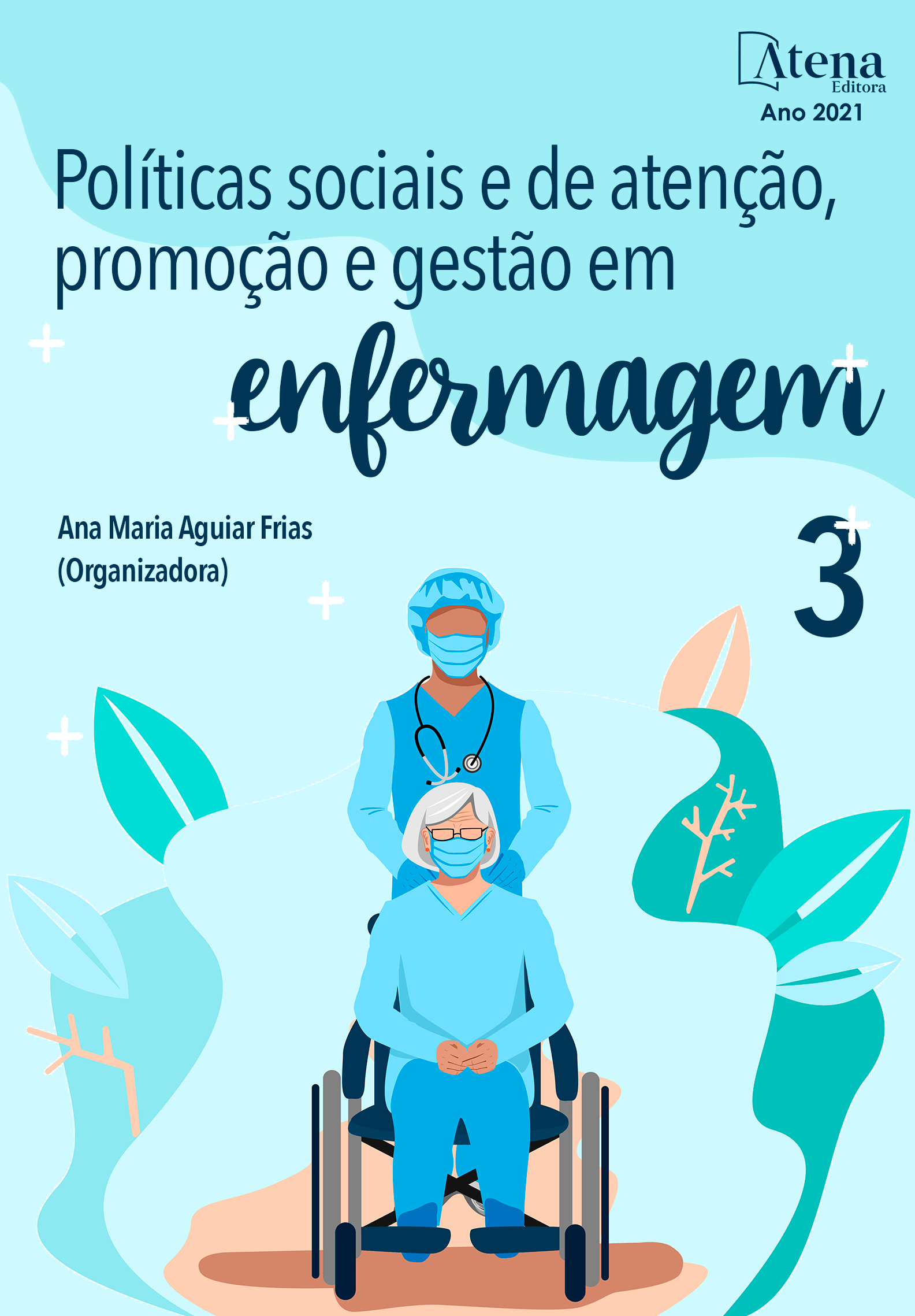
TRANSTORNO DE ANSIEDADE: SOB A ÓTICA DE PACIENTES QUE SOFREM COM O DISTÚRBIO
A ansiedade pode ser psicológica, facilmente controlada ou chegar
a níveis patológicos e de difícil controle. Seus sintomas incluem sensação de desespero que algo ruim vai acontecer, dificuldade de se concentrar, agitação constante das mãos e pés, tremores em algumas partes do corpo, dor ou aperto no peito e aumento das batidas do coração, em alguns casos chega a ser muito extremo e o paciente sai de si, escuta as coisas acontecerem ao seu redor, entretanto não consegue reagir. O objetivo foi analisar a assistência
prestada aos portadores de tratamentos ansiosos. Tratou-se de uma revisão bibliográfica, com enfoque exploratório, em seu formato narrativo descritivo em base de consulta nos bancos de dados Scielo, LILACS, BVS, com o tema proposto dos anos de 2010 a 2020, em português. Culminou em 18 artigos, cujos resultados evidenciaram a existência de inúmeros tipos de transtornos ansiosos e são diversas as causas que podem levar ao surgimento desse distúrbio. Dentre os tipos de tratamentos são incluídos medicamentos, terapias complementares e ajuda psicológica é indispensável. O preconceito é algo real entre os portadores desse distúrbio, o que afeta a qualidade da abordagem na emergência em saúde mental. Conclui-se que os profissionais da saúde devem mostrar mais empatia com todos os pacientes que chegam aos seus cuidados, não importando os sintomas e a aparência, não são somente pacientes em estado grave que precisam de cuidados especiais, certos sintomas podem ser ignorados numa primeira abordagem, agravando-se e muitas vezes tornando-se incontroláveis ou não reversíveis.
TRANSTORNO DE ANSIEDADE: SOB A ÓTICA DE PACIENTES QUE SOFREM COM O DISTÚRBIO
-
DOI: 10.22533/at.ed.9552113084
-
Palavras-chave: Transtorno ansioso; Humanização; Saúde Mental; Assistência de enfermagem.
-
Keywords: Anxious disorder; Humanization; Mental health; Nursing care.
-
Abstract:
Anxiety can be psychological, easily controlled or reach pathological levels that are difficult to control. Its symptoms include a feeling of
despair that something bad is going to happen, difficulty concentrating, constant agitation of the hands and feet, tremors in some parts of the body, pain or tightness in the chest and an increase in the heartbeat, in some cases it gets to be very extreme and the patient gets out of himself, hears things happening around him, however he cannot react. The objective was to analyze the assistance provided to patients with anxious treatments. It was a bibliographic review, with an exploratory focus, in its descriptive narrative format based on consultation in the Scielo, LILACS, BVS databases, with the proposed theme from the years 2010 to 2020, in Portuguese. It culminated in 18 articles, the results of which showed the existence of numerous types of anxiety disorders and the causes that can lead to the appearance of this disorder are diverse. Among the types of treatments are drugs, complementary therapies and psychological help is essential. Prejudice is something real among people with this disorder, which affects the quality of the approach to mental health emergencies. It is concluded that health professionals should show more empathy with all patients who come to their care, regardless of symptoms and appearance, it is not only patients in serious condition who need special care, certain symptoms can be ignored at first approach, worsening and often becoming uncontrollable or non-reversible. -
Número de páginas: 15
- Amanda Vitória Zorzi Segalla
- Cariston Rodrigo Benichel
- Samaha Gabrielly Francisco


